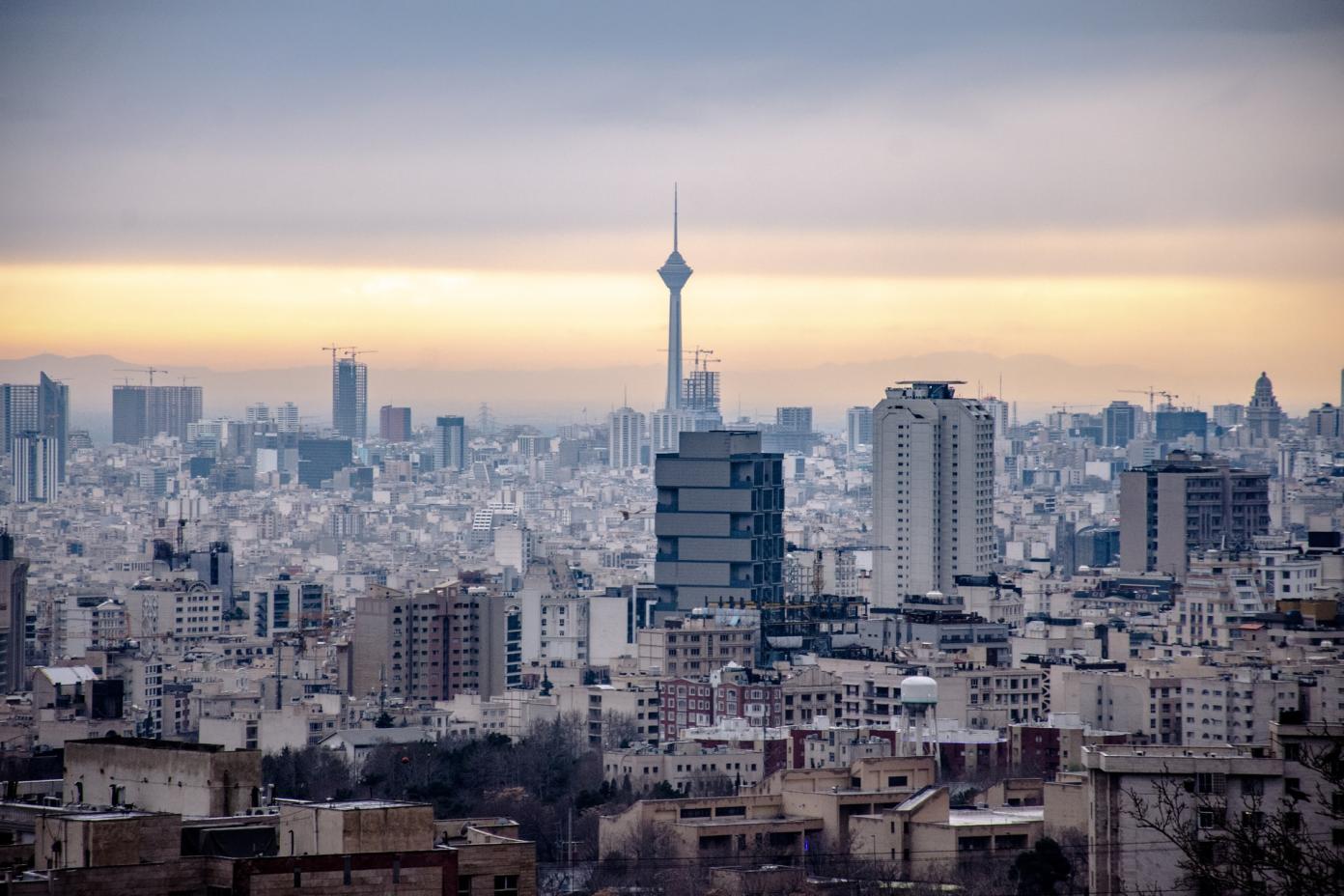Iran's economy has long been a topic of interest and complexity, deeply influenced by its rich history, vast natural resources, and unique geopolitical challenges. As we explore the current state of Iran's economy, it’s essential to understand its structure, major sectors, challenges, and potential for future growth.

Overview of Iran's Economy
Iran is the second-largest economy in the Middle East, boasting one of the world's largest reserves of oil and natural gas. The economy is characterized by a mixed system, combining elements of both a market economy and state control. The government plays a significant role in various sectors, including energy, manufacturing, and finance.
Major Economic Sectors
- Oil and Gas Sector: The backbone of Iran's economy, the oil industry accounts for a significant portion of national revenue and exports. Iran holds approximately 10% of the world's proven oil reserves, making it a vital player in the global energy market. Despite sanctions that have restricted its ability to sell oil internationally, the sector remains crucial for funding government expenditures.
- Agriculture: Agriculture is a major sector employing a large percentage of the workforce. Iran is self-sufficient in many agricultural products and is known for its production of fruits, nuts, and saffron. However, challenges such as water scarcity and inefficient farming practices hinder its potential growth.
- Manufacturing and Industry: Iran has a diverse manufacturing sector that includes textiles, automotive, pharmaceuticals, and consumer goods. The country has aimed to develop its industrial base to reduce reliance on oil revenues, promoting initiatives to expand production capabilities and encourage foreign investment.
- Services Sector: The services sector in Iran has grown, contributing significantly to GDP. Tourism, information technology, and finance are key areas of focus. The government has sought to improve infrastructure to promote tourism, highlighting Iran’s historical and cultural sites.
Economic Challenges
Iran's economy faces numerous challenges that hinder its growth and development:
- Sanctions: International sanctions, particularly from the United States, have severely limited Iran's economic capabilities. These sanctions have impacted the oil sector, banking, and foreign investments, creating a climate of uncertainty and limiting access to international markets.
- Inflation and Currency Devaluation: Iran has grappled with high inflation and rapid devaluation of its national currency, the rial. The economic instability has led to rising prices for basic goods and a declining purchasing power for citizens, creating social discontent.
- Corruption and Mismanagement: Corruption and inefficiencies in government and state-owned enterprises have compounded economic difficulties. Mismanagement of resources has stifled innovation and hindered private sector growth.
- Environmental Issues: Water scarcity and environmental degradation are significant concerns. Droughts and misallocation of water resources have impacted agricultural productivity and public health.
Potential for Growth
Despite its challenges, there are areas of potential growth in Iran's economy:
- Regional Trade: Iran's strategic location as a bridge between the Middle East and Central Asia presents opportunities for enhancing trade links. Strengthening partnerships with neighboring countries can facilitate access to new markets.
- Tourism: Iran is home to a rich cultural heritage, with ancient ruins, stunning landscapes, and hospitable people. With the right marketing and improved infrastructure, tourism could be a major source of revenue and job creation.
- Renewable Energy: As the world shifts towards sustainability, Iran can capitalize o
n its renewable energy potential. Investments in solar and wind energy can help diversify the economy and reduce reliance on fossil fuels.
- Youth Workforce: With a large percentage of the population under 30, Iran has a youthful workforce that can drive innovation and entrepreneurship. Encouraging education and skill development can harness this potential for economic growth.
Conclusion
Iran's economy is at a crossroads, facing both significant challenges and promising opportunities. Its vast natural resources and youthful population provide a foundation for potential growth, while geopolitical tensions and internal issues pose ongoing hurdles. Navigating these complexities will require strategic reforms, regional cooperation, and a commitment to fostering a more resilient and diversified economy. As Iran moves forward, the choices made today will shape the economic landscape for future generations, making it a critical time for the nation.












